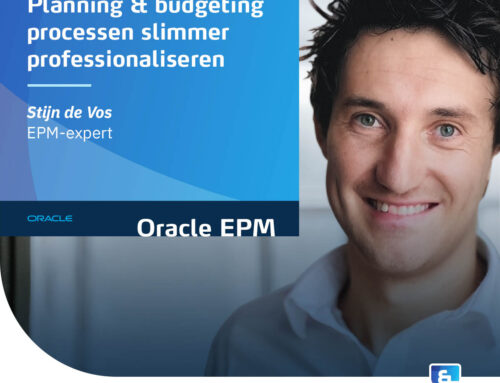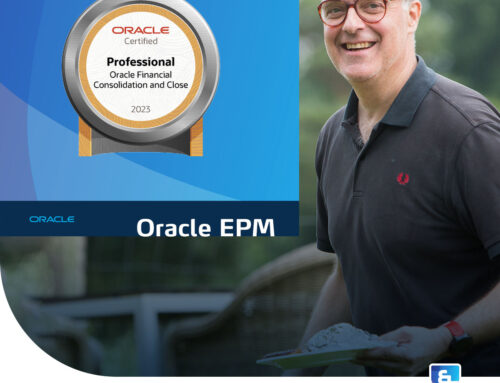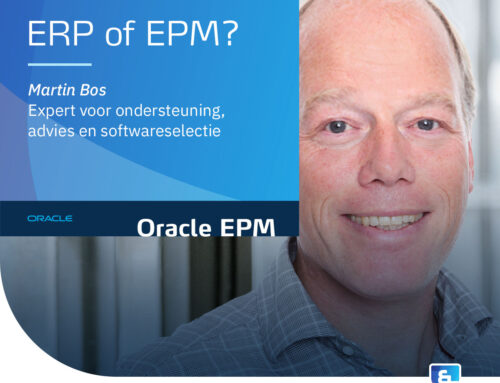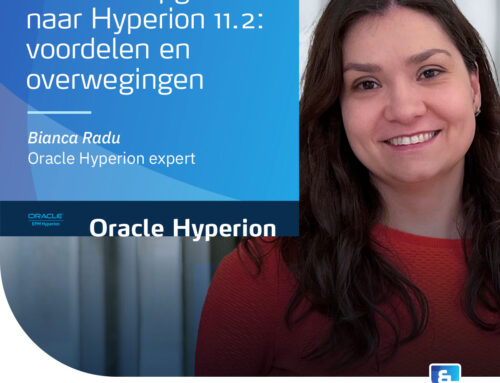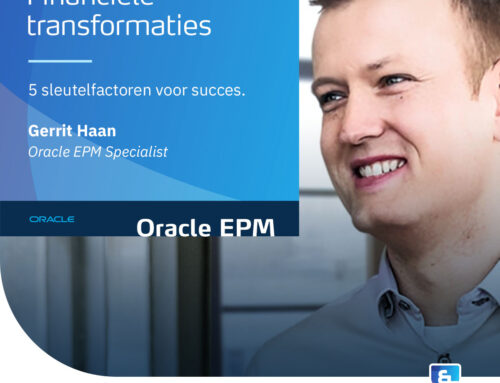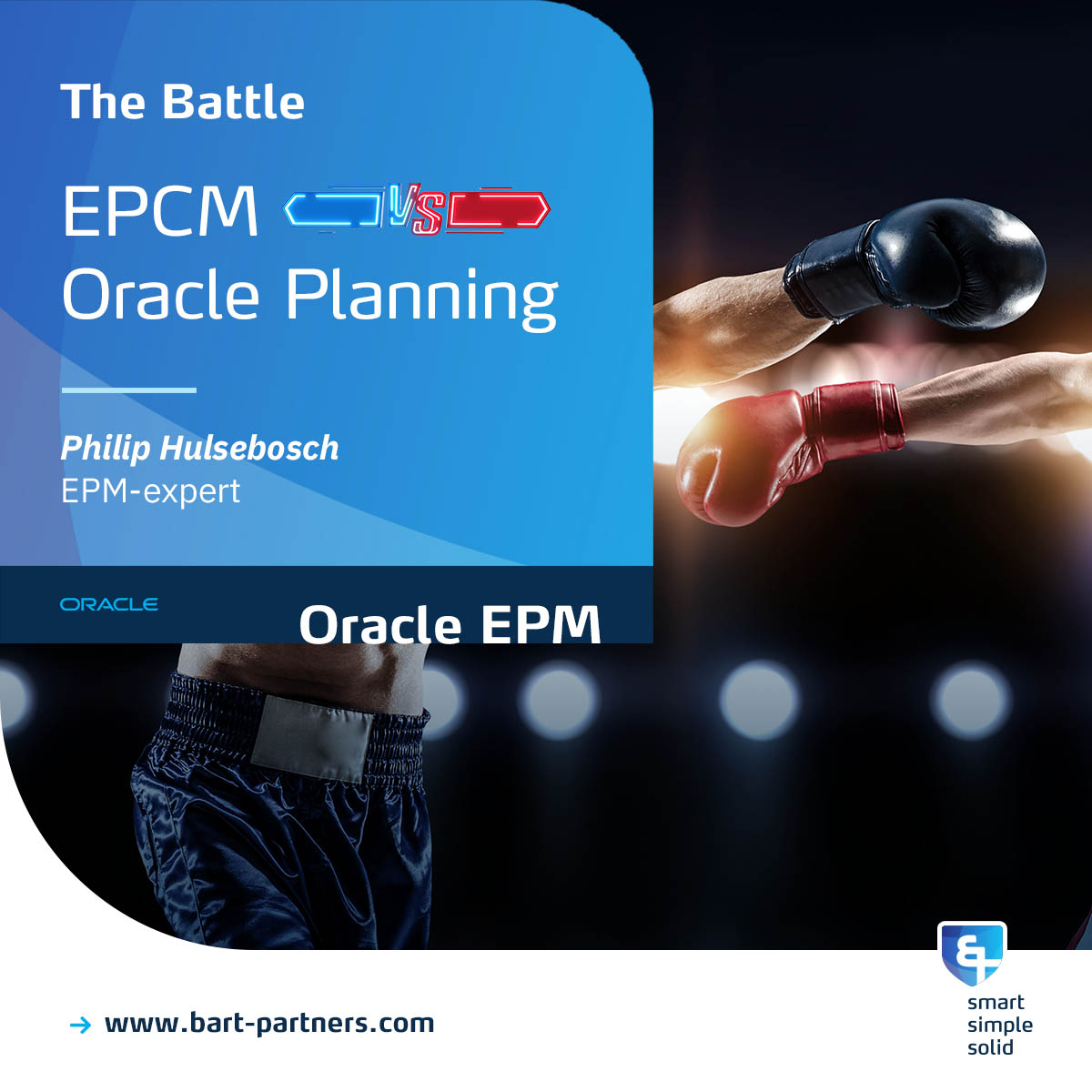
The best tool for allocations - a battle between EPCM and OraclePlanning14Minutes estimated reading time
Which EPM tool is better for allocations: EPCM or Oracle Planning? In this blog, I pit both tools against each other. In a battle over several rounds, I'll designate a winner for each situation and justify my choice.
The arena
I described the usefulness and purpose of cost allocations and the software product Enterprise Profitability and Cost Management in content earlier in the blog ''Allocating with Oracle EPCM.'' In it, it was revealed that this product is a great tool for allocations because of specific functionalities and technical highlights.
On the other hand, we can think of Oracle Planning as a foundation of EPCM, and it is indeed an extremely flexible and powerful product. You can integrate many of the advanced technological capabilities into it as well. In fact, you would get very far if you tried to emulate EPCM with this. It is the robust workhorse within EPM.
Both products are part of the Oracle Enterprise Performance Management Suite, so there is no additional cost and they share many basic functionalities. You can integrate them both with Enterprise Data Management, and the "look and feel" has considerable similarities. So ultimately it's all about what specific functionalities each product brings to the arena.
The rules
Using the saying "every advantage has its disadvantage," I limit myself to describing the positive aspects of the products. This implies that the other product does not possess this functionality or to a lesser extent. Occasionally I will dive into the technical details to provide clarification, but I will keep the explanations as simple as possible. After each round of evaluation, I divide 10 points between the products. At the end it gets exciting, because which product has the most points and is crowned the winner?
Let's start...
Round 1: Creating calculation scripts
With EPCM, creating calculation scripts is really very simple. It provides the necessary functionalities to effortlessly define a "source area" and a "target area" and put the allocation key between them. All this without the need for programming. It requires minimal knowledge to create a script.
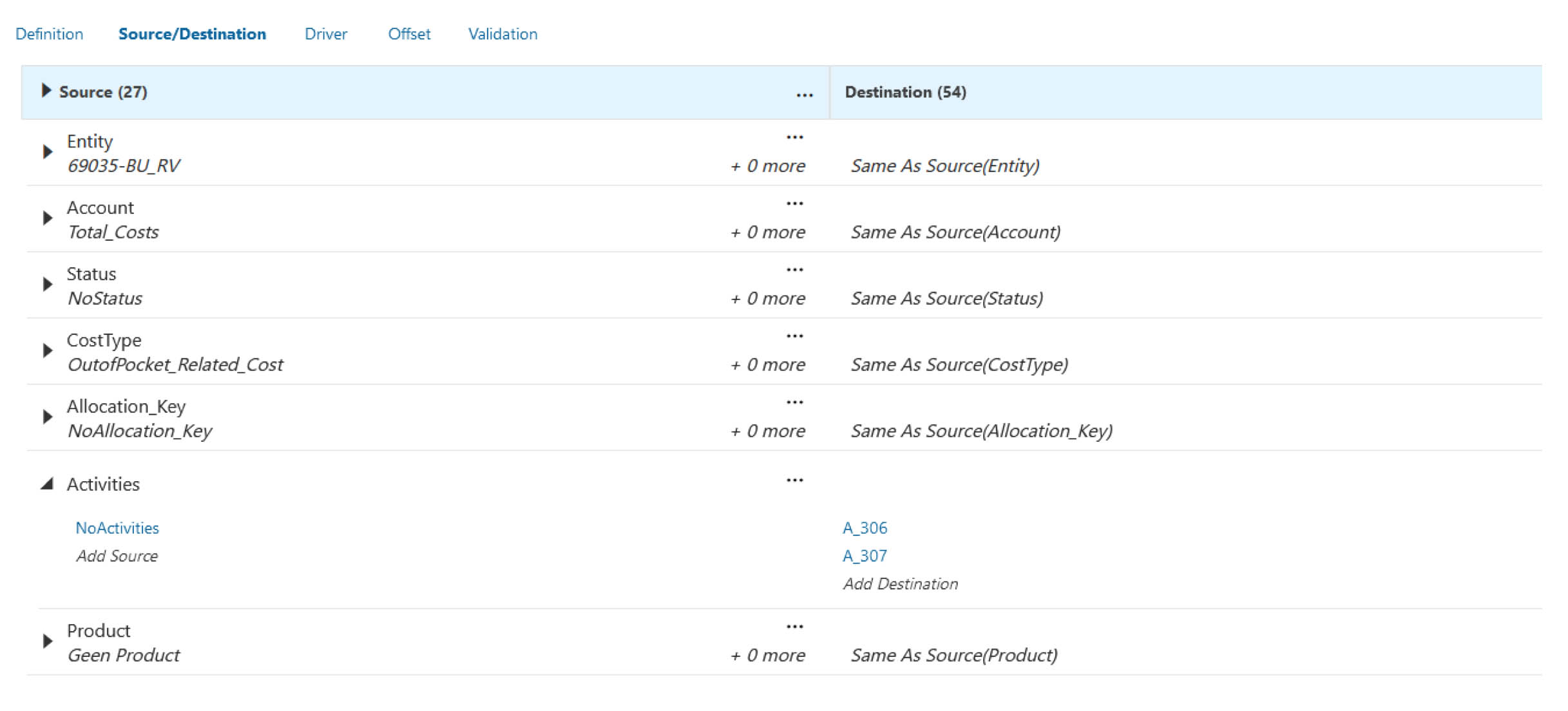
Interface of EPCM for creating an estimation rule. Image: Oracle
Oracle Planning, on the other hand, has the Calculation Manager. In it, you can write your own code and take advantage of numerous useful features. With the right knowledge, far fewer scripts are needed. Through clever use of naming and the @CONCATENATE function, you can integrate many steps into one script. Whereas with EPCM you often have to deal with many dozens of scripts, here you can combine them into a few lines of code. In short, Oracle Planning offers more freedom in writing and customizing scipts.
FIX("Total Expenses")
Budget = @MDALLOCATE(Budget->"Total Expenses"->East,2,
@CHILDREN(East),@CHILDREN("Total Expenses"),Actual,,share);
ENDFIX
Using the MDALLOCATE function in Calc Manager.
@CONCATENATE(@NAME(@CURRMBR(Year)),@CONCATENATE
("_",@NAME(@CURRMBR(Measures))))
Using the CONCATENATE function in Calc Manager.
EPCM is clearly stronger in this round and 8 points go to EPCM and 2 to Planning.
Round 2: Documentation of calculation scripts.
For explaining allocation rules to managers and directors, up-to-date documentation of computational rules is important.
EPCM provides an option to export the calculation logic in different formats, such as pdf and MS Excel. Applying search and filter functions makes it easier to search and understand the information.
Documentation of script in Excel format
In Planning, the documentation is considerably weaker. This is because you write the scripts yourself in Calculation Manager and they do not have a fixed format. In Calculation Manager, however, you can work with the search function and, of course, you can keep separate documentation in your own format.
EPCM is the clear winner in this round and all the points go to EPCM.
Round 3: Calculation speed
The speed of calculations can be important if you need to do frequent calculations. It is usually not workable to wait hours for the outcome, only to find that a key should have been set differently after all.
EPCM computes super fast. This is due to the fact that the underlying database storage is of the ASO type. Although calculation scripts are possible, you have to apply them externally via a mechanism. (For the techies: MaxL "execute allocation on database" command).
In the case of the Planning application, you could use BSO/Hybrid type database storage. As mentioned earlier in Round 1, this allows for smarter allocations and various other calculations. Here you do not have to deal with the mandatory choice of month, year, scenario and version. However, this has the consequence that the calculations generally take longer.
EPCM gets 7 points and Planning gets 3.
Round 4: Making other calculations besides allocations
In this round I dive a little further into technique. (For the non-technical reader: don't be put off. Round 5 will be easier again.)
In addition to the allocation steps, an application often has steps to aggregate data, put it in a different place in the database or make other adjustments to data.
For non-allocation calculations, EPCM has the "custom calculations. Here you can copy and enrich data with a limited set of functions. This is simply not possible otherwise in ASO. Also for custom calculations, a script member is created that is stored in the Rules dimension. So if you want to pick up this data in another calculation, you are forced to select the Parent.
Calculations are a strong point in Planning. In the Calculation Manager you can simply create any calculation functionality you want, not just allocations. The advantage here is, that you don't have to compulsorily create a rule member in the rule dimension. You can stay on the input member and that has many advantages.
EPCM is very weak here and all points go to Planning.
Round 5: Creating specific allocation logic such as partial allocation
Not all allocations simply follow a linear path from A to B. Sometimes there is a need, for example, to allocate only 10% in one step and the rest at a later time. There may also be a desire to make circular allocations until everything is evenly distributed.
EPCM provides direct support for a wide range of allocation functionalities directly by selection or click. If the required functionality is included in the package, then it is easy to apply, but otherwise you end up with the calculations described in Round 4.
Such calculations are certainly possible in Planning, but they require more code and deeper knowledge. They must be written specifically.
EPCM gets 7 points and Planning gets 3.
Round 6: Freedom of choosing dimensions
An allocation application needs other specific dimensions in addition to the usual dimensions such as accounts, cost centers and years. Moreover, it is often desirable to give dimensions custom names.
EPCM has a framework that is not easily customizable. Adding dimensions is possible, of course, but modifying existing ones is difficult. One powerful aspect, however, is that each new rule automatically creates the corresponding member.
Planning in Free-form has no constraints. However, it would be smart to learn from EPCM and also create a PCM_Balance and PCM_Rule dimension.
Dimensionality satisfies in EPCM and therefore 3 points. Planning has an advantage here and gets 7 points.
Round 7: Reporting
An application needs good reporting functionalities in addition to data, calculations. That is already present in the EPM part, which both products can use equally. So financial reports, dashboards and forms are all available.
However, EPCM stands out with the trace graph, a particularly nice and specific reporting functionality. In addition, the Rule Balancing form is an extremely useful report for controlling data flow.
Rule Balancing-form
Planning has a comprehensive set of features, but is just missing that one piece. With the new Rule Balancing form, you could almost match the full level of functionality.
For the little extra, EPCM gets 6 points and Planning gets 4.
And the winner is...
With 41 out of 70 points, the allocation trophy goes to ... Enterprise Profitability and Cost Management!
ECPM is clearly the winning tool for these tasks. However, this does not mean that you should ignore Oracle Planning if you want to perform allocations. It really depends on the specific situation and requirements.
Do you have questions about this topic? Don't hesitate to contact us. Our advice is always Smart, Simple and Solid.
About the author
Philip Hulsebosch is an EPM expert and specialist in PCM with 20+ years of experience. With his technical background and functional experience, Philip is the connection between finance and IT.




